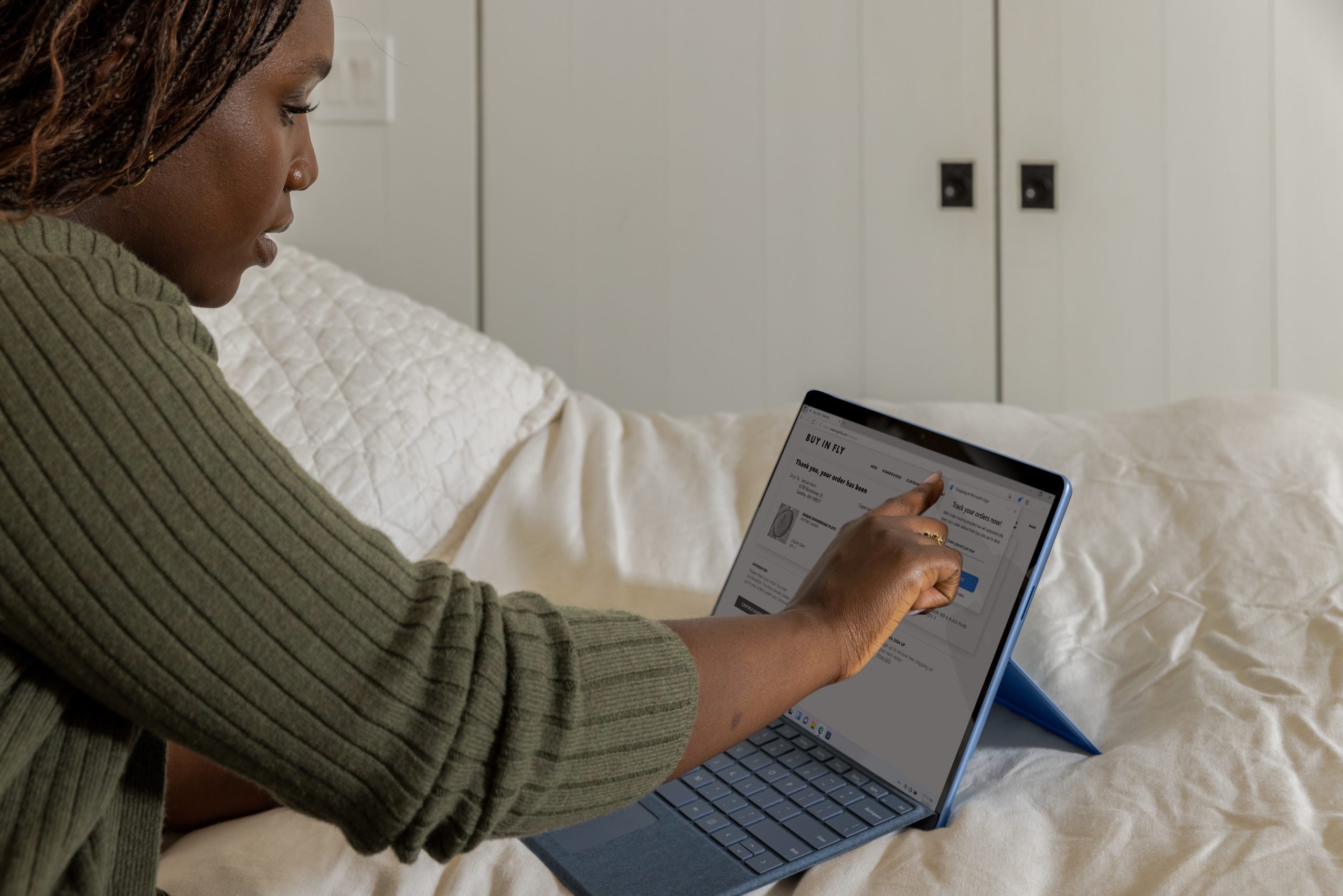What is a trademark specimen?
The United States Patent and Trademark Office (USPTO) requires applicants to submit a specimen as part of their trademark application to show that the mark is actually being offered for sale. A trademark application specimen is a sample of how a trademark is actually used “in commerce” to identify the source of the goods or services associated with the proposed trademark.
A trademark specimen may take different forms depending on whether the mark is used in connection with goods or services.
- For goods, a specimen may be a label, tag, packaging, container, or the product itself with the mark displayed prominently.
- For services, a specimen may be a brochure, flyer, advertisement, or a web page that shows the mark in connection with the services.
- For either goods or services, one of my favorite ways to show “use in commerce” is to take a screenshot of a website with the “check out” or “buy now” button clearly visible. You must also include the URL and the date the website was accessed in the screenshot or in the application.
Note: The USPTO requires that the specimen show a real-world example of how the mark is currently being used, not just a drawing or description of how it may be used in the future. This becomes even more important if an applicant is submitting a specimen noting “beta” testing or Kickstarter campaigns, which will be rejected.
Carefully review the USPTO’s guidelines for trademark specimens and submit at least one specimen that meets these requirements. If the specimen is rejected again, the trademark application may be rejected or delayed. It’s essential to provide a specimen that is clear, accurate, and specifically demonstrates how the mark is used in commerce.
When in doubt, think “does this show how the consumer buys the product/ service?” If so, that’s always a great option for a specimen.
What do I do if my Trademark Specimen was Rejected?
Sometimes, trademark specimens don’t match the requirements of the USPTO Guidelines (or even reflect some of the “outlawed” specimen types, like mockups and/ or digitally altered specimens). If your trademark specimen has been rejected by the United States Patent and Trademark Office (USPTO), you will receive an “Office Action” citing the specimen rejection. At this point, you have several options:
- Amend your application and submit a new specimen: If your trademark specimen was rejected due to technical errors, such as an incorrect file format or resolution, you can amend your application and submit a new specimen. Carefully review the USPTO guidelines for trademark specimens and resubmit a compliant specimen.
- Provide a new specimen that meets USPTO Requirements: If your trademark specimen was rejected because it does not meet the USPTO requirements for use in commerce, you can provide a new “substitute” specimen. You will need to submit a specimen that better demonstrates your use of the mark in connection with your goods or services. The new specimen must be in actual use in commerce, and it should show the mark used on or in connection with the goods or services listed in your application. The key here: showing the connection of the good/ service with their sale or offer of sale. To circle back to what I noted above, a “check out now” or “buy now” button is a great way to do this, but an invoice featuring the trademark or a product on the shelf are two other solid ways to show that commercial link.
- Amend your application to an “Intent to Use” application: Sometimes, applicants realize that their mark doesn’t actually have the commercial use required by the USPTO (especially true in case of Kickstarters, beta testing, etc). Other times, applicants just don’t have the right evidence to use as a specimen. In these situations, we will pivot the application and amend it to an “Intent to Use” application, also known as a “1(b)” application. This changes the path the application takes through the USPTO, but allows the application to proceed until the correct specimens can be gathered.
- Appeal the decision: If you believe that the USPTO has made an error in rejecting your trademark specimen, you may be able to appeal the decision. You can file a response explaining why you believe your specimen meets the USPTO’s requirements and request that the USPTO reconsider its decision.
- Seek legal assistance: If you are having difficulty understanding the USPTO’s guidelines for trademark specimens or if you need help responding to a rejection, you should consult with an attorney who specializes in trademark law. An attorney can help you navigate the trademark application process and address any issues or rejections that arise.
Overall, it’s important to carefully review the USPTO’s requirements for trademark specimens and provide a specimen that clearly demonstrates your use of the mark in connection with the sale of your goods or services. If your specimen is rejected, consider contacting us for assistance.
